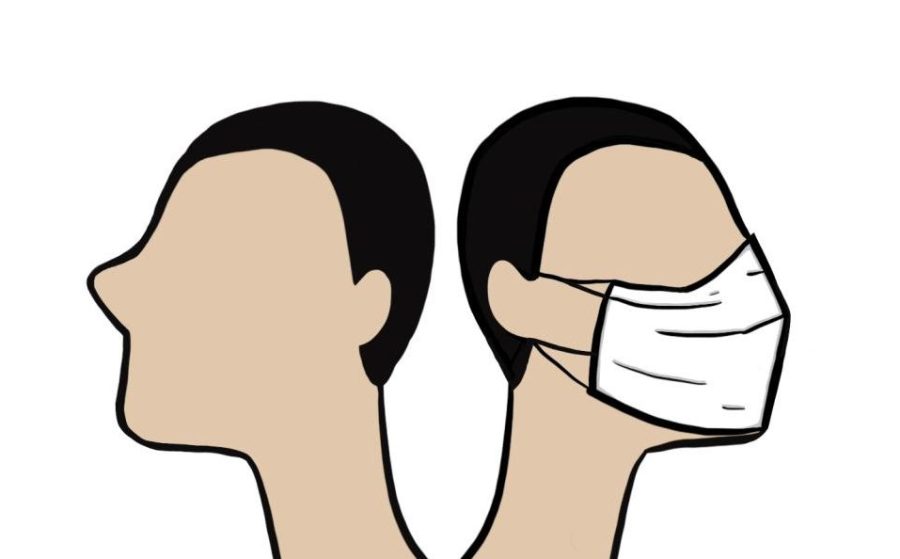Illustration | Megha Mummaneni
Students and staff present conflicting opinions on whether or not the pandemic is truly over.
Is the pandemic over?
Exploring why people do or don't take precautions against COVID-19
October 17, 2022
It’s been 31 months since the COVID pandemic closed the doors to schools, after a two week lockdown was announced on March 19, 2020. As MVHS begins its second year of in-person learning after the lockdown, students and staff present conflicting opinions on whether or not the pandemic is truly over.
Taking minimal precautions
Spanish teacher Joyce Fortune believes that COVID-19 should now be treated as an endemic disease, a disease that is always present and even expected in a population. She cites diminishing numbers of cases and CBS’ 60 Minute Interview with President Biden — in which he states “the pandemic is over.”
“COVID-19 is new, but it’s going to be with us forever, but it’s also not a pandemic anymore,” Fortune said. “The pandemic was when we all needed to shelter in place because we had no tools to fight it. We have a lot of tools now. We have very good vaccines [and] good masks readily available.”
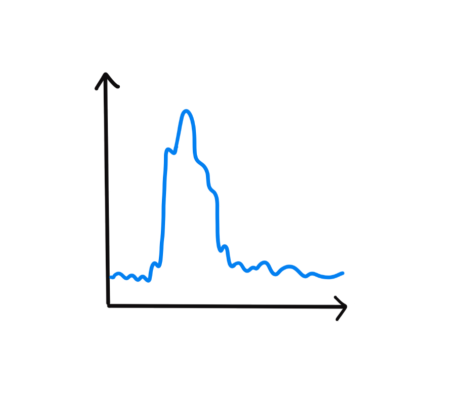
Sophomore Ninad Suresh agrees, believing that the low numbers of COVID cases stated in weekly emails from the principal means that “the pandemic is practically over.” He trusts that the COVID vaccines will keep him protected even without additional precautions. Although Ninad notices many students and staff at school are still masking, he says the general population doesn’t see COVID as much of an issue anymore either, as he doesn’t see much masking in other public settings.
While Fortune agrees that there was initially a need for careful precautions, she believes the school collectively needs to move on from its fear of COVID.
“I think it’s a travesty what has been done to the children of the state of California,” Fortune said. “I think that the state kept you in at home way too long [when] you needed to be in the classroom with your teachers and learning. People are social beings. And by cutting off that social part of ourselves, I think we did ourselves a serious disservice. Now that we have [treatments] available, we need to put those into place and move forward and go back to living our lives again.”
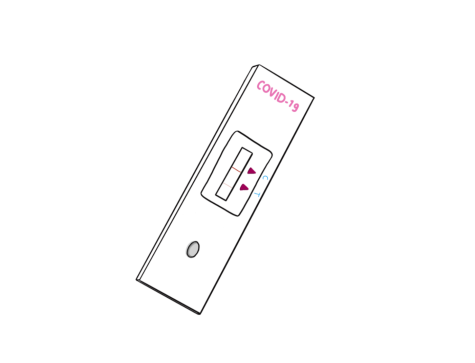
Suresh agrees that online learning created a lack of social interaction, saying he “missed seeing [his] friends and being able to interact with them every day.”
For Fortune, interaction is the biggest reason she doesn’t wear a mask.
“[It’s] really important to me to be able to smile at my students,” Fortune said. “It’s really important [for] me to be able to give that connection to them. I’m not going to tell you what to do, but I would love to see you all [with] your masks off.”
Taking careful precautions
Social Studies teacher Scott Victorine still believes the U.S. is in a pandemic based on the number of cases and deaths.
“It’s certainly a lot closer to being endemic than it is pandemic, but it’s not quite there yet,” Victorine said. “I think it’s really close. But it’s hard to refute the numbers and it’s hard to refute the data.”
Sophomore Anushka Kumaran echoes this sentiment, worrying about the possibility of the appearance of new mutations.
“There’s a possibility that [COVID-19] could become a bigger [problem] in the future because of mutations, like what happened in the past,” Kumaran said. “[It’s definitely] good to keep wearing our masks for now, and eventually when there’s no more cases at all, then we can transition.”
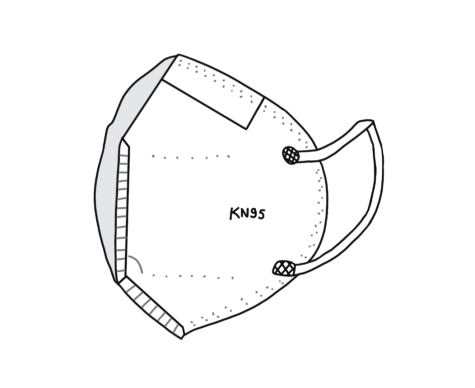
Victorine still masks when around others and takes a COVID-19 test before visiting friends and relatives. Whenever other people visit his home, he also requires them to test — not to protect himself from the virus, but to protect his young daughter and the elderly relatives who take care of her.
“A big part of why I still take [COVID-19] seriously is that the people who are helping us out are at youngest 61 years old and at oldest 71,” Victorine said. “So really, we’re looking out for them.”
Victorine notes that he has become less cautious than he was at the start of the pandemic, when he discovered his wife was pregnant. The couple took extremely careful precautions during the pregnancy and immediately after, following a dangerous childbirth where both his wife and child nearly died.
During that time, the couple didn’t leave the house at all, using grocery delivery services or curbside pickups for essential resources. During the few instances they allowed friends or family to visit, visitors had to be in the backyard, separated by the glass door.
Similarly, Kumaran masks due to the risk she poses to her sick grandmother. She is well aware of the potential impacts of COVID-19, as several of her family members in India have passed away from the illness.
But with readily available sanitizing materials and many teachers and students continuing to keep their masks on, Kumaran recognizes the efforts the school community has played a role in slowing the spread of the virus.
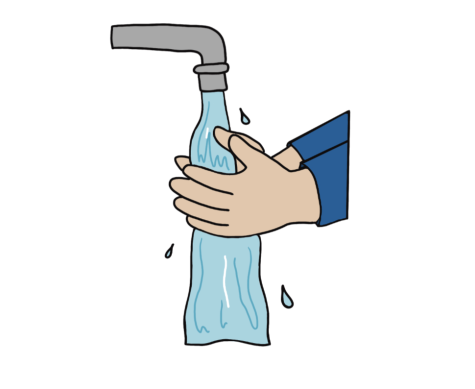
Although Victorine is still cautious about his habits, he understands why many crave normal social interaction, as he had an active lifestyle prior to the pandemic.
“I get that it’s challenging,” Victorine said. “[People] want to go out, they want to do things. I can’t say that I wouldn’t want to be in that position right now if I didn’t have my daughter … Had I not had a kid, I might have seen it differently.”

